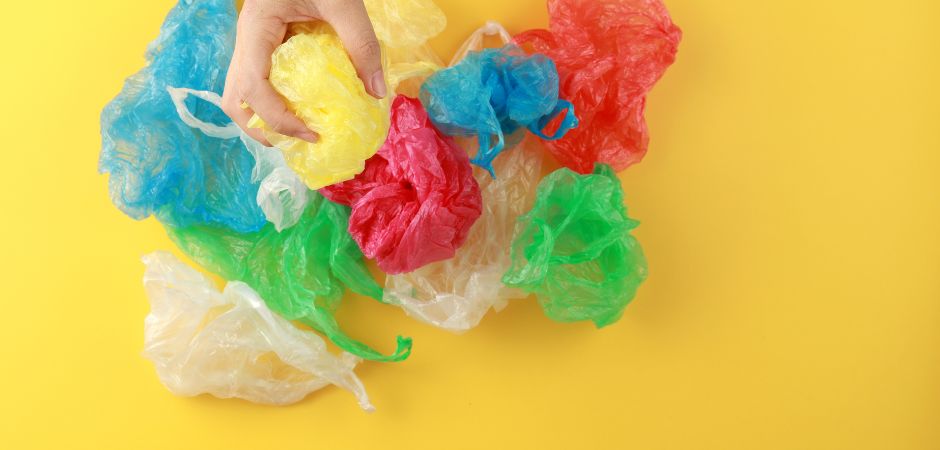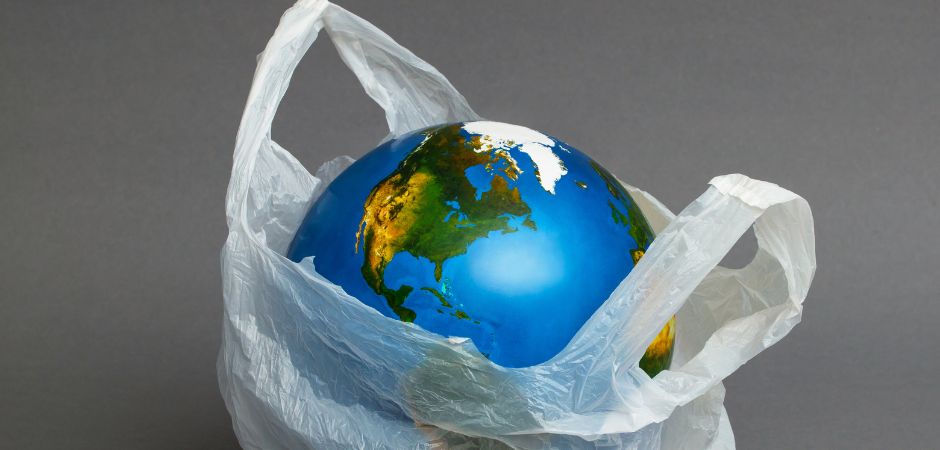The implementation of a plastic bag tax has become a common strategy for governments worldwide to reduce single-use plastic waste and promote environmental conservation. However, many people wonder what happens to the money collected from these taxes. In this blog article, we’ll explore the journey of plastic bag tax revenue, from collection to allocation, and shed light on how it contributes to sustainability initiatives.
What is the plastic bag charge all about?
So, in 2015, the UK government introduced a plastic bag tax, which resulted in a 5p charge on all single-use carrier bags. This was in order to reduce their usage and encourage shoppers to bring their own reusable bags from home. The charge was controversial at first, but it has since become widely accepted by the public and has successfully reduced the number of plastic bags being used.
What happens to the money?
Well, the short answer is that it depends on the store. According to the government there is an expectation that retailers are required to donate the money from the carrier bag charge to good causes. Retailers are however free to choose which causes they support.
The allocation of plastic bag tax revenue varies depending on the policies and priorities of each jurisdiction. However, common destinations for these funds include:
Environmental Conservation Programs
A significant portion of plastic bag tax revenue is allocated to fund environmental conservation programs and initiatives. These may include projects focused on plastic waste reduction, marine conservation, beach clean-ups, and recycling infrastructure development.
Education and Awareness Campaigns
Another essential use of plastic bag tax revenue is funding education and awareness campaigns aimed at informing the public about the environmental impacts of single-use plastics and promoting sustainable behavior change. These campaigns may include advertising, school programs, community outreach events, and public service announcements.
Waste Management Infrastructure
Plastic bag tax revenue may also be invested in improving waste management infrastructure, such as recycling facilities, waste collection systems, and landfill management. By strengthening waste management infrastructure, governments can better manage and reduce plastic waste, leading to a cleaner and healthier environment.
Environmental Research and Innovation
Some jurisdictions allocate a portion of plastic bag tax revenue to support environmental research and innovation projects. These initiatives may focus on developing new technologies, materials, and solutions to address plastic pollution and promote sustainable practices.

One example of a store using the carrier bag charge money for good is Marks & Spencer. They have pledged to donate all the money they collect from the charge to the charity, Groundwork. This charity supports community projects such as parks and green spaces.
It’s worth noting that some retailers choose to cover the cost of the carrier bag charge themselves, rather than passing it on to customers. This is usually done as a way of building customer loyalty and promoting their commitment to sustainability.
So, there you have it – carrier bag money does go to good causes! It’s great to see retailers using the money to support initiatives that benefit both the environment and the local community. And, it’s also important to remember that we can all do our part in reducing the need for carrier bags by bringing our own reusable bags when we shop.


